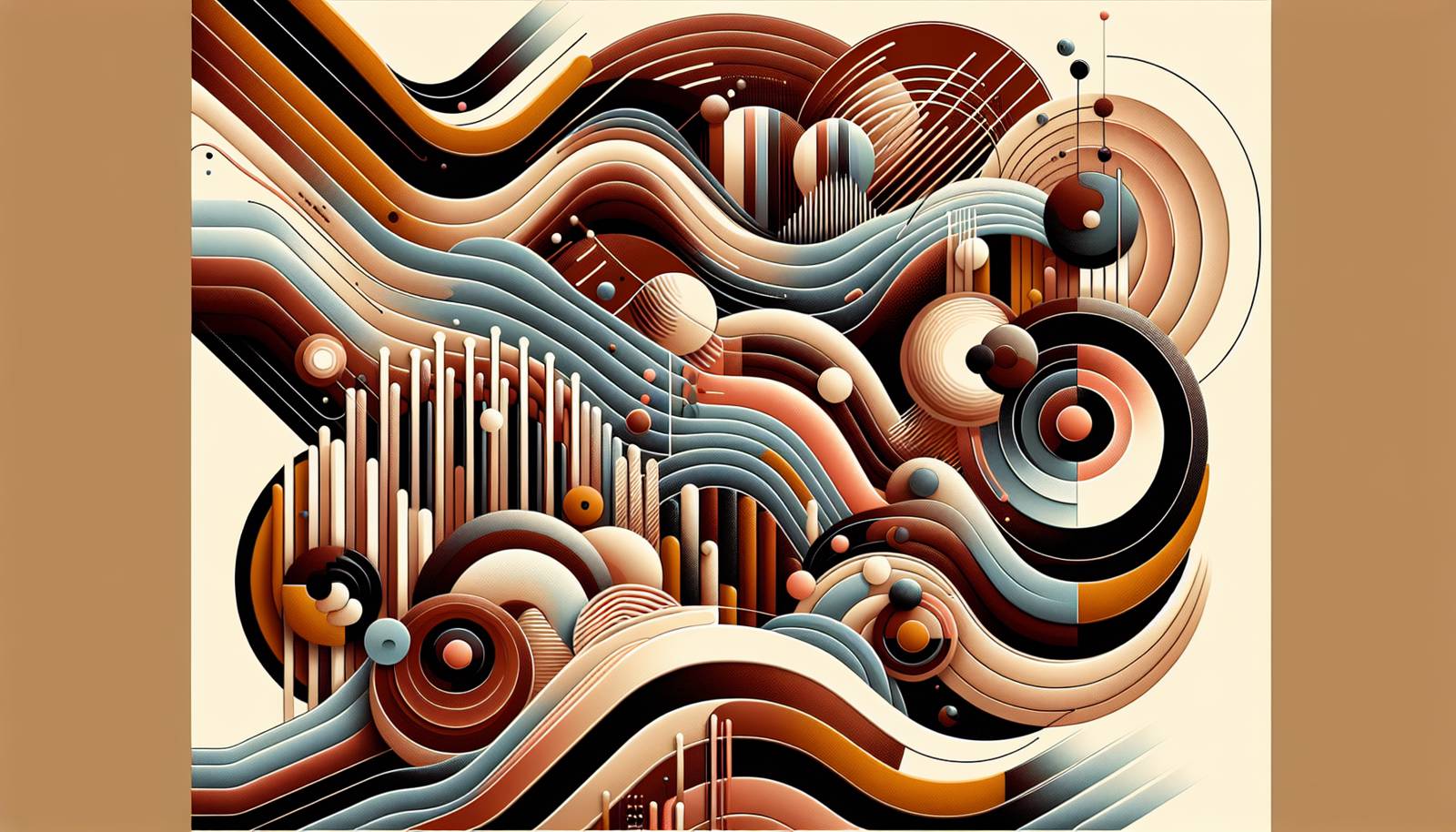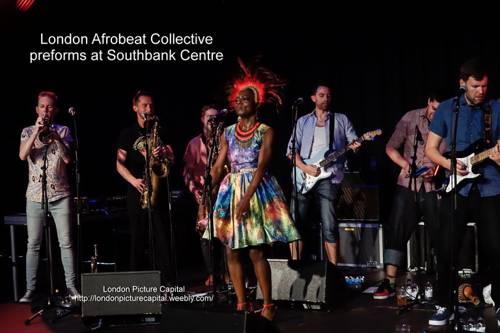
FAQ About The Role of Afrobeats in Modern Dance Culture

What is Afrobeats?
Afrobeats is a contemporary music genre that originated in West Africa, particularly Nigeria and Ghana. It is characterized by a fusion of traditional African rhythms, jazz, highlife, funk, and electronic influences. The genre is known for its energetic beats, catchy melodies, and danceable tunes, which have gained widespread popularity around the world.

How did Afrobeats influence modern dance culture?
Afrobeats has significantly influenced modern dance culture by introducing new rhythms and movements to the global dance community. The genre's infectious beats and vibrant energy have inspired dancers worldwide to incorporate Afro-centric styles and choreography into their performances. This has led to the adaptation and evolution of dance styles such as Afro dance, which blends traditional African moves with contemporary forms.

What are some popular dance styles influenced by Afrobeats?
Some popular dance styles influenced by Afrobeats include Shaku Shaku, Azonto, Gwara Gwara, and Zanku. These styles originate from various African countries and have been promoted by artists and dancers through music videos and social media platforms, spreading rapidly across the globe.

Which artists are most associated with driving Afrobeats into mainstream dance culture?
Artists such as Fela Kuti, who is considered one of the pioneers of the Afrobeat genre, laid the foundation for modern Afrobeats. Contemporary artists like Wizkid, Burna Boy, Tiwa Savage, and Davido have played significant roles in bringing Afrobeats to the global stage, collaborating with international artists and influencing dance trends worldwide.

How does Afrobeats music differ from traditional Afrobeat?
Afrobeats should not be confused with Afrobeat, the latter being a genre pioneered by Fela Kuti and Tony Allen, characterized by lengthy instrumental jams and complex rhythms blending jazz, funk, and Highlife. In contrast, Afrobeats is more mainstream, encapsulating a variety of modern influences and often featuring catchy hooks, a more diverse range of sounds, and shorter song forms designed for broader appeal and commercial success.

Can anyone learn Afrobeats-inspired dances?
Yes, anyone can learn Afrobeats-inspired dances. These dance styles, known for their freedom of expression and rhythmic movements, are accessible to all skill levels. Many online tutorials, local dance classes, and workshops are available to help beginners and experienced dancers alike master the moves associated with Afrobeats.

How has social media contributed to the spread of Afrobeats in dance culture?
Social media platforms such as TikTok, Instagram, and YouTube have played a crucial role in the dissemination of Afrobeats in dance culture. Dancers often share choreography and dance challenges that quickly go viral, allowing people from different corners of the world to participate and learn Afrobeats-inspired moves, thus expanding the genre’s influence in global dance culture.

What role do dance challenges play in the popularity of Afrobeats?
Dance challenges on social media have been instrumental in the popularity of Afrobeats. Challenges such as the #GwaraGwara and #JerusalemaChallenge have encouraged widespread participation, helping songs to go viral and introducing Afrobeats movements to a broader audience. These challenges create a sense of community and engagement, drawing even more people to the genre.

Are there any dance competitions focusing on Afrobeats?
Yes, there are dance competitions that focus on Afrobeats, including events and festivals that celebrate African culture and music. These competitions showcase talented dancers and choreographers who specialize in Afrobeats-inspired routines, often serving as platforms for cultural exchange and the promotion of African dance styles.

What impact has Afrobeats had on global music and dance competitions?
Afrobeats has had a significant impact on global music and dance competitions by introducing new styles and rhythms that competitors can incorporate into their performances. This has led to the inclusion of African-inspired dance categories in competitions and has broadened the scope and diversity of performances showcased at international events.

How do traditional African dances integrate with Afrobeats music?
Traditional African dances often serve as a foundation for choreography set to Afrobeats music. Dancers integrate moves that emphasize rhythm and story-telling, blending elements of traditional dances like the Adumu (Maasai Jumping Dance) with modern Afrobeats songs, creating a fusion that respects cultural heritage while appealing to contemporary tastes.

What is the cultural significance of Afrobeats in dance?
Afrobeats plays a crucial cultural role by celebrating African identity, heritage, and storytelling through dance. It honors traditional African themes while providing a platform for innovative choreography and artistic expression, reinforcing cultural pride and unity within the African diaspora and beyond.

What are some misconceptions about Afrobeats and its role in dance culture?
A common misconception about Afrobeats is that it is a single, uniform genre. In reality, Afrobeats encompasses a diverse range of musical styles and influences from across Africa. Another misconception is that it is synonymous with Afrobeat, when in fact, Afrobeats is a modern, evolving genre distinct from the Afrobeat style pioneered by Fela Kuti.

How are Afrobeats dance movements created and popularized?
Afrobeats dance movements often emerge organically within local communities and are then popularized through music videos, live performances, and social media. Influential dancers and choreographers contribute to this process by creating and demonstrating routines that capture the genre’s vibrant energy and appeal, which are then shared and replicated by audiences globally.

Why is Afrobeats music so popular among dance instructors and choreographers?
Dance instructors and choreographers are drawn to Afrobeats because of its infectious rhythms, broad musical palette, and energetic vibe, which provide limitless creative opportunities for choreography. Its flexibility allows teachers to engage students with fun, dynamic routines that emphasize both individual expression and ensemble cohesion.

How has Afrobeats influenced Western popular culture?
Afrobeats has influenced Western popular culture by introducing unique sounds and dance styles that have been embraced by both mainstream music and dance industries. Many Western artists incorporate Afrobeats elements into their tracks, and the genre has inspired numerous dance trends and fitness routines, broadening its appeal across various cultural domains.

In what ways has Afrobeats shaped the music industry around the world?
Afrobeats has reshaped the music industry by breaking geographical and cultural barriers, driven in part by collaborations between African artists and international stars. Its global appeal has prompted record labels to invest in Afro-centric music and artists, leading to broader representation of African music on global stages and diversifying the industry’s soundscape.

What is the future of Afrobeats in dance culture?
The future of Afrobeats in dance culture looks promising, as the genre continues to gain international acclaim and attract diverse audiences. Its influence is expected to expand further, inspiring new dance movements, educational programs, and cultural exchanges that will enrich the global dance community.

Are there educational programs that teach Afrobeats dance and culture?
Yes, many dance studios and cultural organizations offer educational programs that teach Afrobeats dance and culture. These programs focus on both the physical elements of dance and the rich cultural context of the genre, providing participants with a deeper understanding and appreciation of Afrobeats and its significance.

How do Afrobeats music videos contribute to dance trends?
Afrobeats music videos play a pivotal role in shaping dance trends by showcasing innovative choreography and vibrant cultural expressions. These videos often highlight the creativity and athleticism of dancers, setting the stage for new dance challenges and styles to emerge and spread globally through digital platforms.
